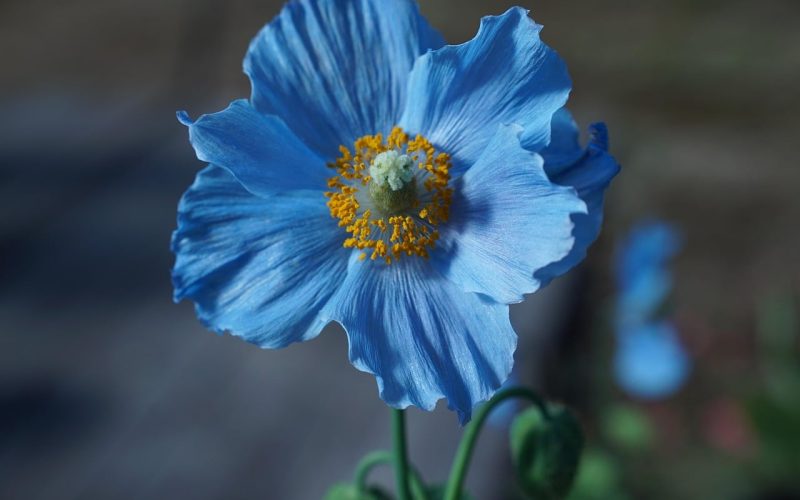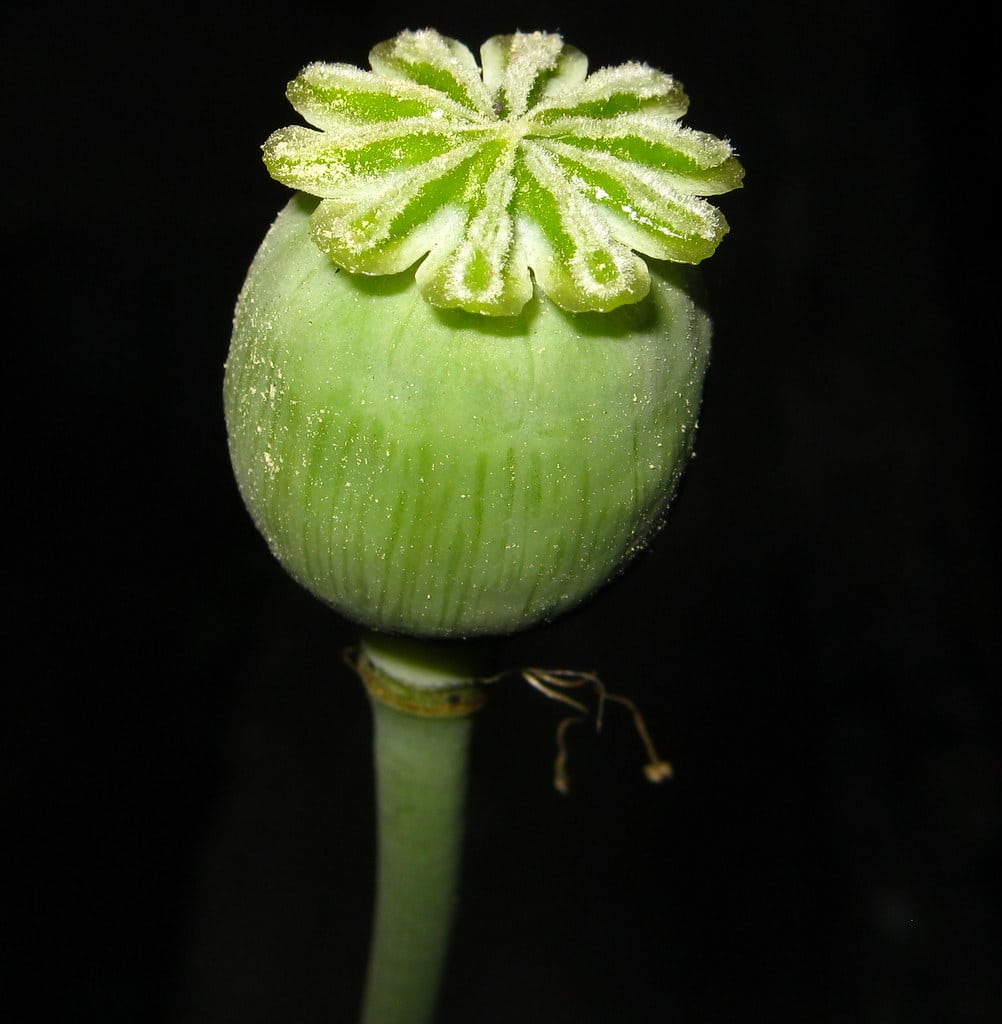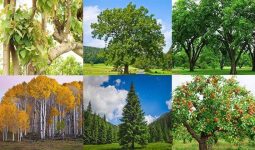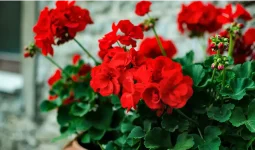This article will explore the fascinating world of poppies and discover the different types of these beautiful flowers, including the popular Oriental, California, and Icelandic poppies.
Join us as we delve into each type’s unique characteristics and growing requirements, and learn how to cultivate your stunning poppy garden.
Poppies are one of the world’s most beloved and recognizable flowers, known for their bright colors and delicate, papery petals.
With over 70 species and countless cultivars, poppies come in stunning shapes and sizes, from the towering Oriental poppy to the dainty Alpine poppy.
These versatile plants can be grown in various conditions, making them popular for gardeners and landscapers.
Without much ado, here are the different types of poppies.
1. Oriental Poppies

Oriental poppies are a stunning variety that produces large, showy flowers in vibrant colors.
These plants are typically herbaceous perennials and can live for several years in the right conditions.
Oriental poppies prefer full sun and well-draining soil and are relatively easy to grow.
However, they can be susceptible to fungal diseases in humid or wet conditions, so providing good air circulation and avoiding overhead watering is important.
While their blooms last for only a few weeks in late spring to early summer, Oriental poppies dramatically impact the garden and are a popular choice for borders, rock gardens, and other sunny spots.
2. California Poppies

California poppies are a cheerful, easy-to-grow variety that thrives in hot, dry conditions.
These plants are typically grown annually, although they can self-seed and reappear each year.
Also, California poppies produce bright orange or yellow flowers from early spring to late summer. They are an excellent choice for adding a pop of color to a dry garden or xeriscape.
Furthermore, they are also drought-tolerant and attract pollinators, making them a great choice for eco-friendly landscaping. This is one of the different types of poppies.
3. Icelandic Poppies
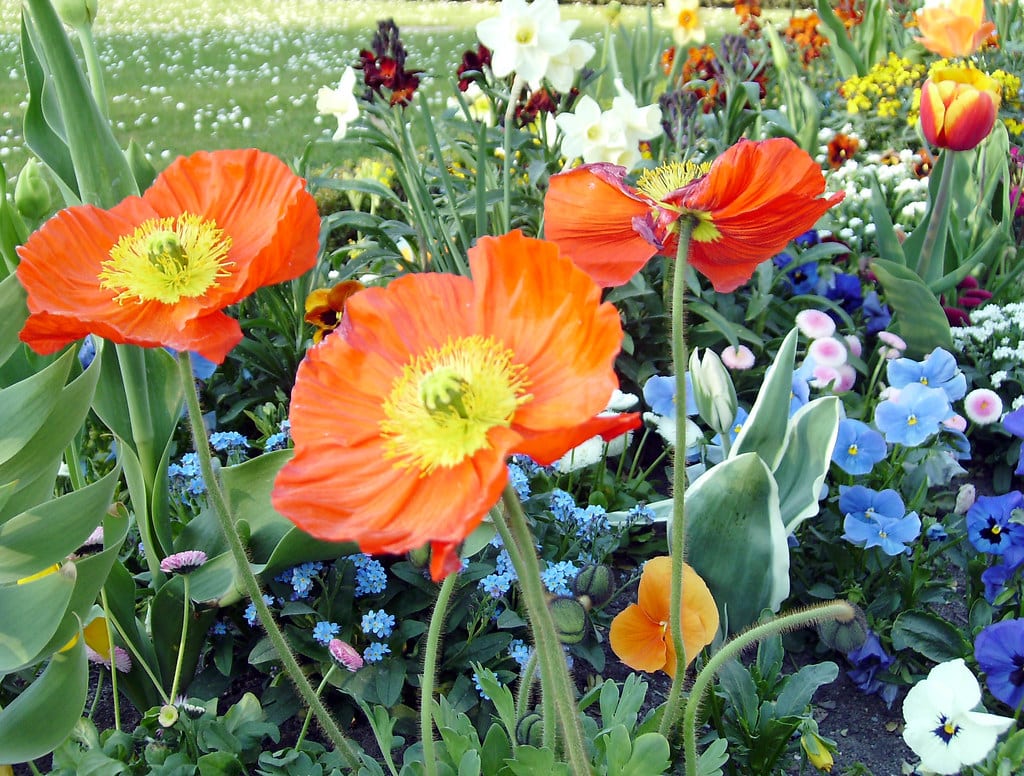
Icelandic poppies are a cold-hardy variety that blooms in late spring to early summer.
These plants produce delicate, papery flowers in shades of pink, orange, yellow, and white and are popular for their long blooming period.
Icelandic poppies prefer cool temperatures and require well-draining soil to thrive. They also make excellent cut flowers and can last up to two weeks in a vase.
4. Opium Poppies
The bread seed poppy is also referred to as the opium poppy.
These flowers were once well-known for their healing abilities, but they are now notorious for their intoxicating qualities.
Opium poppies come in various hues and varieties, such as the Drama Queen, a fringed poppy with crimson and indigo petals and a light green center, and the Sujata, which isn’t used for latex or opioid production in the commercial sense.
Once dried, opium poppy seed pods are a common ingredient in floral arrangements.
Always check local laws before adding opium poppies to your flowerbed because some areas may not allow their cultivation due to their use as illegal substances.
This is one of the different types of poppies.
5. Celandine Poppies
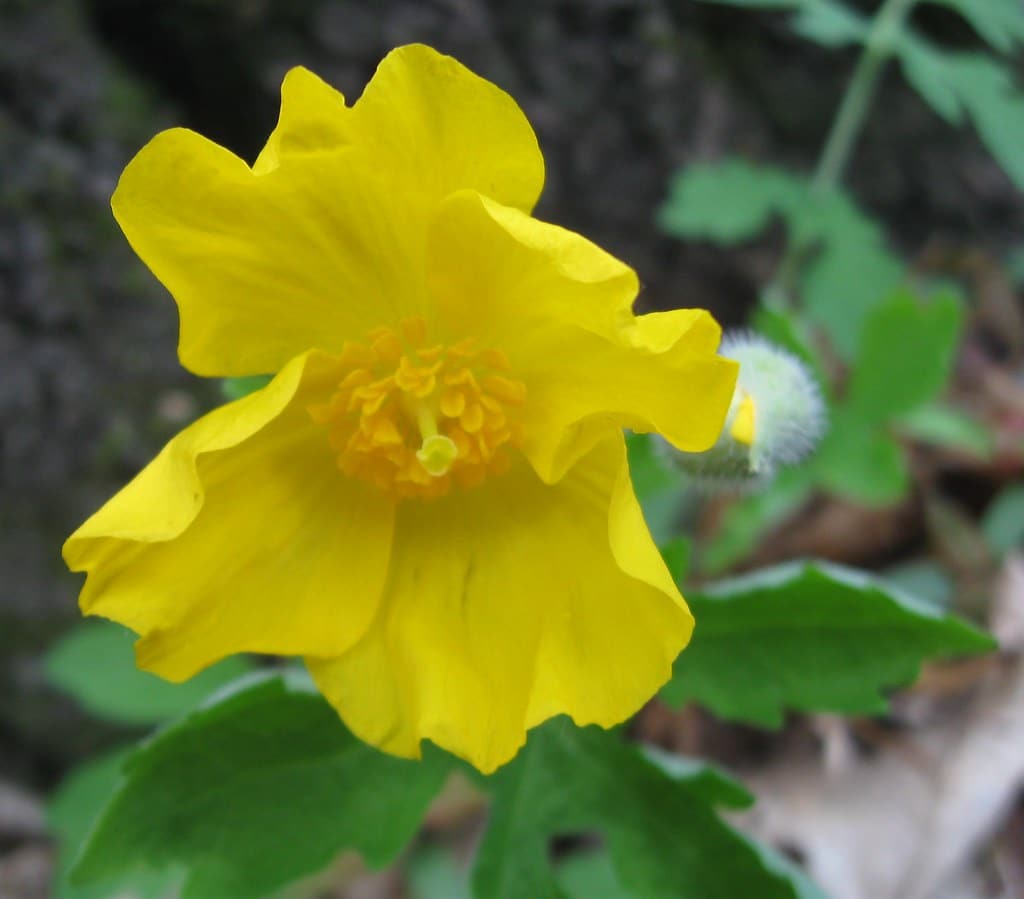
Species of celandine poppies have lobed, wavy-edged leaves and bristly stems.
This particular poppy variety has four unusually long yellow petals on its flowers.
Its appeal to florists is due to the numerous flowers that bloom on each stem, giving the plant the appearance of a bouquet in and of itself.
The lovely yellow tones complement any lavender varieties in your flower bed very well.
Three main celandine-type poppies are indigenous to China’s eastern, central, and western regions.
The ones found in the United States can reach a height of 1.5 feet, and their bright yellowish-orange flowers enliven the forest floors where they grow.
6. Shirley Poppies
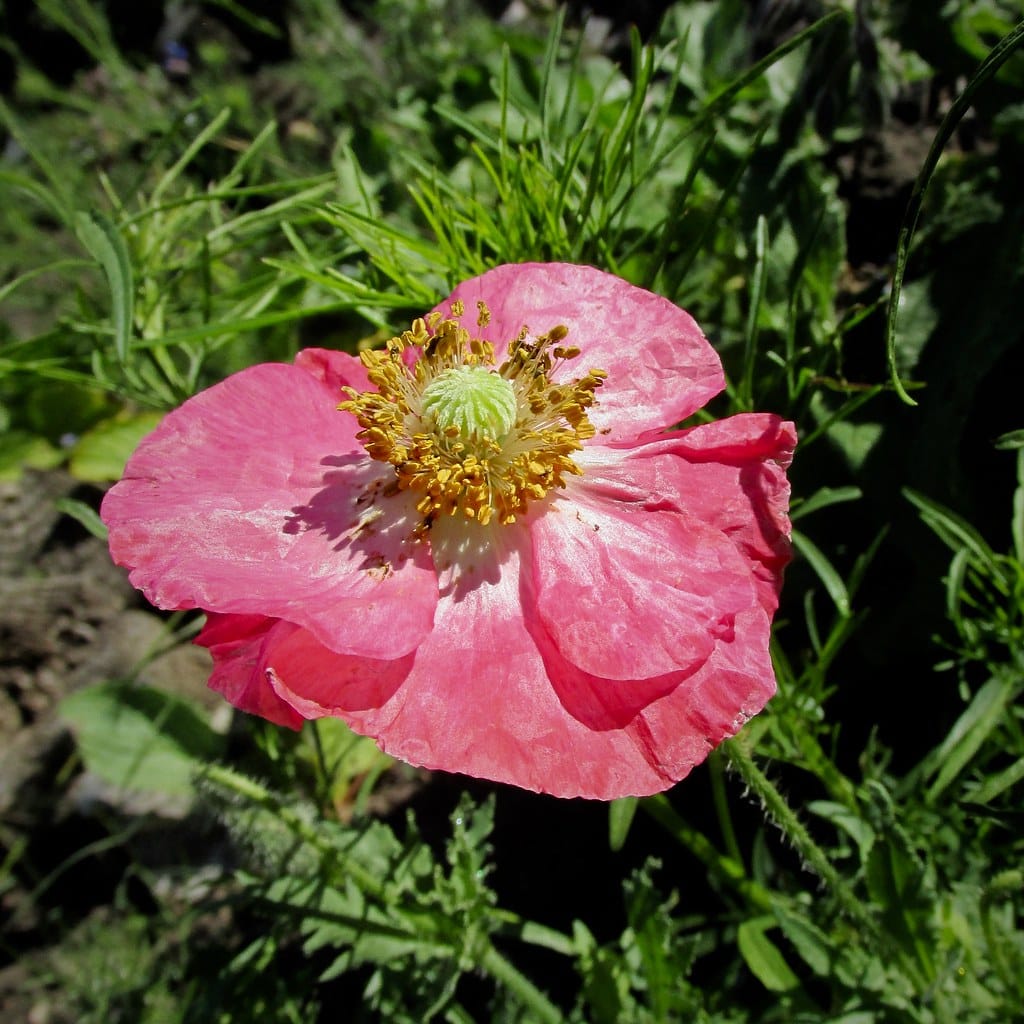
Shirley poppies are a charming and delicate variety that produces flowers in shades of pink, red, orange, and white with delicate, papery petals.
These plants bloom from late spring to early summer and can grow up to two feet tall.
Shirley poppies prefer cool temperatures and moist, well-draining soil and make a lovely addition to cottage gardens, borders, and other informal planting areas.
This is one of the different types of poppies.
7. Romneya Poppies
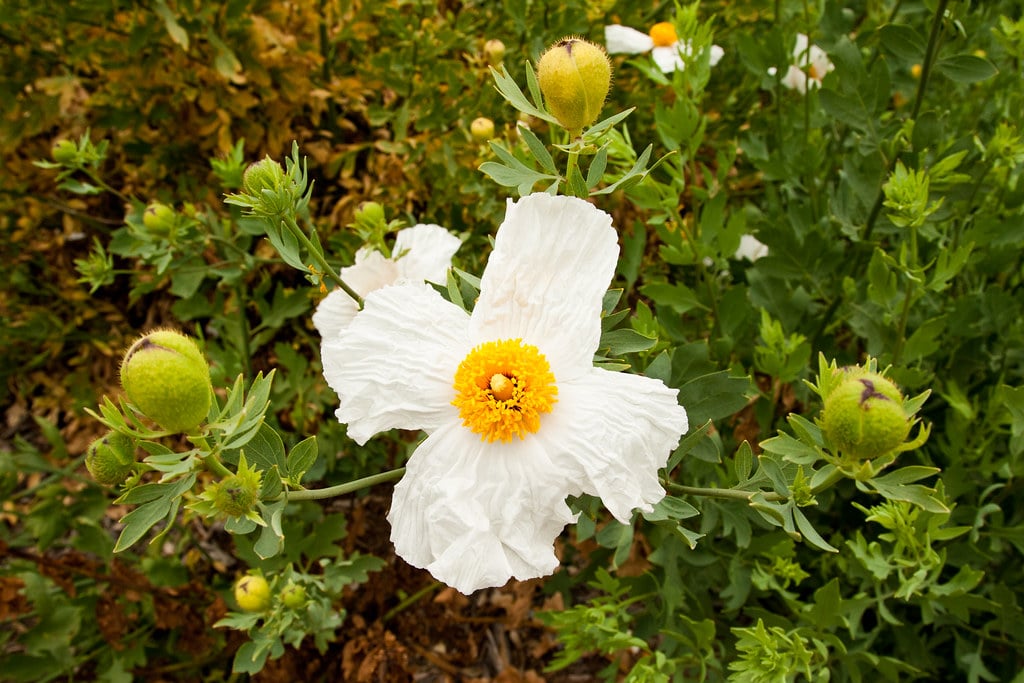
Romneya poppies, or Matilija poppies, are indigenous to Northern Mexico and California.
These subshrubby perennials that grow poppies have woody stems that resemble trees and white blooms.
These plants have silvery-green leaves with hairy fringes and deep cuts reaching 8.2 feet.
Romneya poppies are known as “fried egg flowers” because they typically bloom in the summer.
Also, these flowers, the biggest in the poppy family, prefer warm, sunny climates and well-drained soil to flourish.
Furthermore, Romneya poppies are initially difficult to grow but thrive once they acclimate to their environment.
They can grow in burned areas, earning the name “fire followers.” This is one of the different types of poppies.
8. Himalayan Blue Poppies
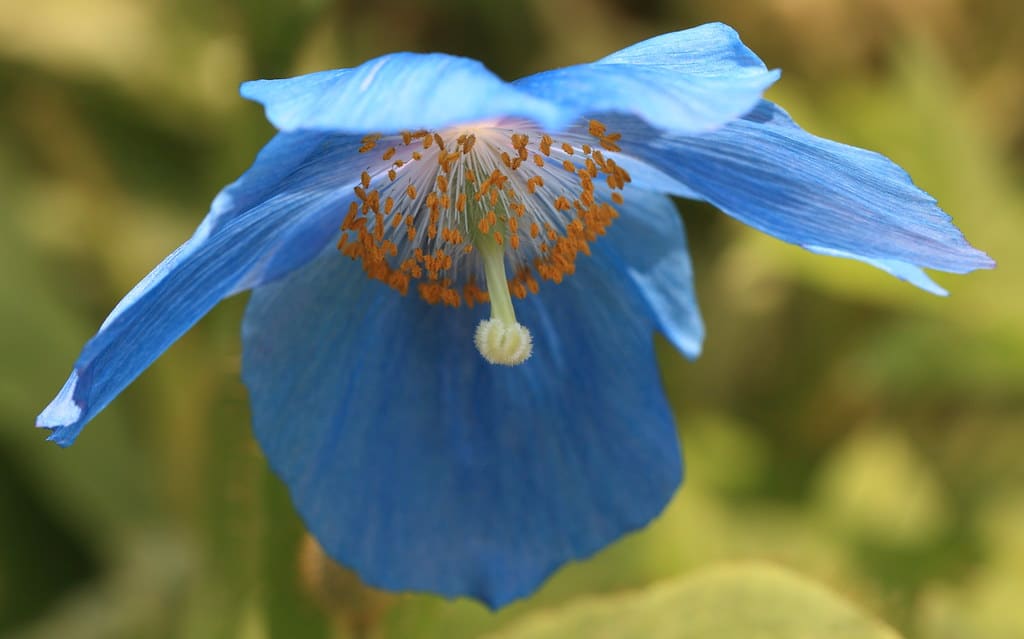
Himalayan blue poppies are a rare and stunning variety that produces large, sky-blue flowers in early summer.
These plants are notoriously difficult to grow, requiring cool temperatures, moist, acidic soil, and protection from strong winds and hot sun.
However, for those who can provide the right growing conditions, Himalayan blue poppies are a true showstopper and well worth the effort.
9. Corn Poppies
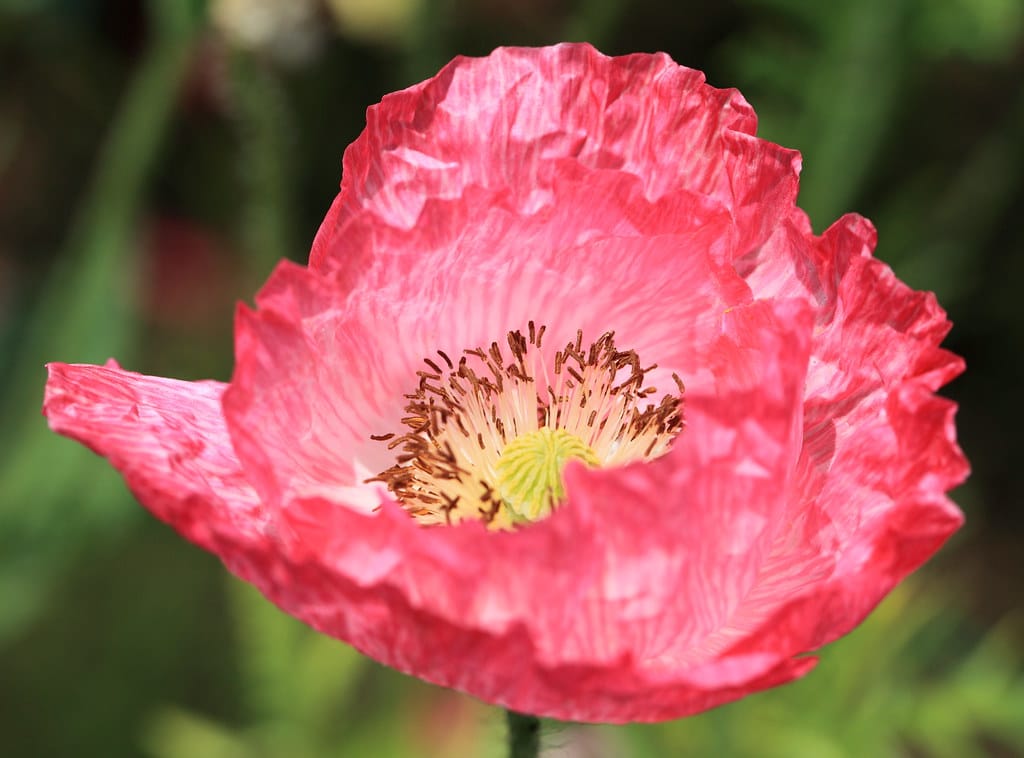
The most prevalent type of poppy is the corn poppy, which is very simple to grow and comes in a wide range of hues, including lilac, white, red, yellow, pink, salmon, and even dual colors.
Corn poppies bloom yearly; their flowers can be single, double, or semi-double.
There are many different corn species of poppies, including Angel’s Choir with its lovely pastel hues and the more well-known Red Flanders poppy that is remembered in John McRae’s poem In Flanders Fields, which is written in remembrance of World War I.
These “Legion of Honor” poppies, also known as wild red corn poppies, were the first flowers to bloom on the Western Front’s blood-spattered fields and are still worn today as a mark of respect for the fallen soldiers.
Their understated elegance represents the sacrifices of war.
10. Fire Poppies
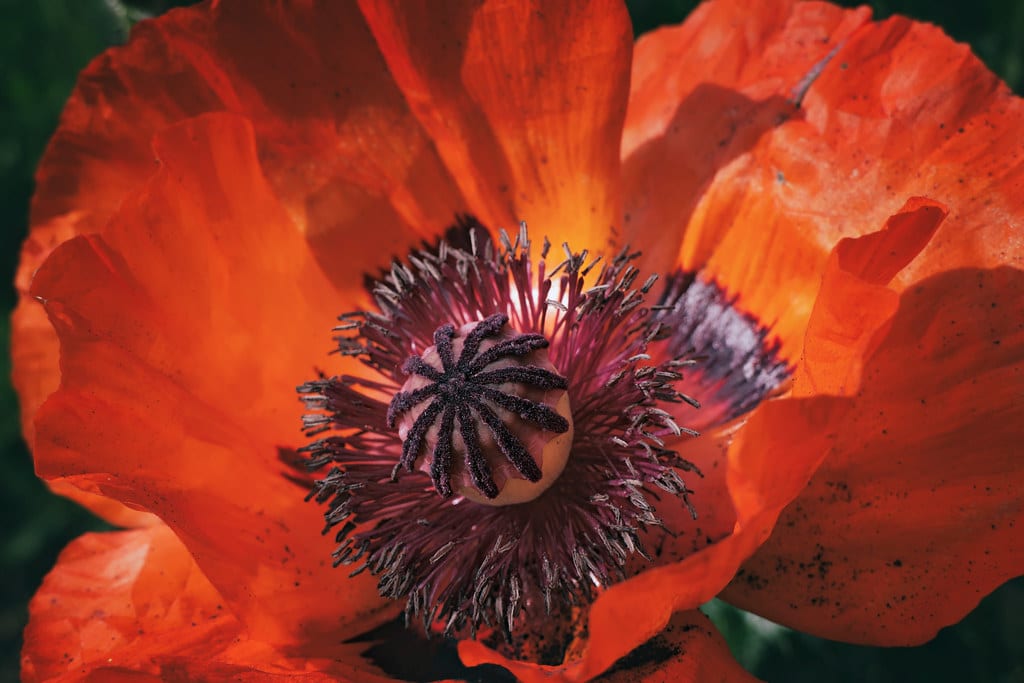
The name “Fire Poppy” comes from the fact that fire poppies are native to southwestern and central western California and thrive in woodlands and other similar habitats, especially in recently burned regions.
Annual herbs known as fire types of poppies have four thin, delicate orange petals. Also, this is one of the different types of poppies.
11. Hungarian Breadseed Poppies
The Hungarian Breadseed is named simply for the crunchy black seeds that are a favorite in bread in Hungary and other countries in Central Europe, despite the name’s apparent profundity.
The beautiful lilac-pink petals are another reason to grow these flowers despite each flower containing thousands of seeds.
Once dried, Hungarian Breadseed Poppies are used in numerous floral arrangements and wreaths and can last very long. This is one of the different types of poppies.
Conclusion
Poppies are a versatile and beautiful addition to any garden or landscape.
With so many different types, a poppy suits every taste and growing condition.
Whether you prefer the bold and dramatic Oriental poppies or the delicate and charming Shirley poppies, these plants will brighten up any space with their stunning flowers and cheerful presence.




